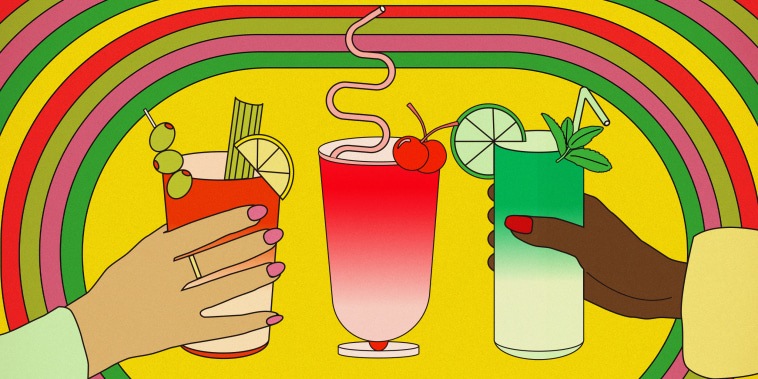As the Dry January tradition continues to gain momentum worldwide, an unexpected phenomenon has also been on the rise — the increase in popularity (and subsequent sticker shock) of alcohol-free mocktails. With an array of exotic contents and alluring presentations, these beverage marvels have been drawing in consumers eager for a refreshing and guiltless tipple. However, once the bill arrives, many are finding that opting for these deceptively wholesome delights can be as heavy on the wallet as their alcoholic counterparts — if not more.
Dry January, the practice of abstaining from alcohol for the entire month after the Holiday season, has been observed by many as a way to detoxify and re-set their bodies. This has also been a prime opportunity for bars and restaurants to tap into a new market area and diversify their offerings. As a result, mocktail menus are burgeoning with whimsical and creative non-alcoholic beverage options to tantalize the palates of patrons participating in Dry January.
On the flip side, the cost of these mocktails has been a source of surprise for many consumers. Despite the lack of alcohol — which is typically a significant factor in the pricing of traditional cocktails — these mocktails are not exactly what one might call a bargain. Moreover, the price tags of some mocktails can even rival or surpass those of traditional cocktails, leaving customers with a sense of sticker shock.
The basis for these prices can be traced back to several factors. For instance, just because these beverages are void of alcohol does not necessarily mean they are less complex or less costly to produce. This complexity can be attributed to the creative mix of high-quality, organic, and often exotic ingredients used to craft these beverages. A single mocktail can include a medley of ingredients like elderflower extract, smoked rosemary, homemade syrups, and even ingredients like non-alcoholic distilled spirits that mimic the taste of gin, whiskey, or tequila, amongst others.
Additionally, dedicated time, effort, and expertise are put into crafting these beautiful and tasty concoctions. The work and manpower involved in the creation, preparation, and presentation of these drinks should not be underrated, as this all adds to the overall cost.
Furthermore, revenue considerations also play a part. Bars and restaurants are businesses trying to maintain profitability, and the cost of non-alcoholic drinks can help offset potential loss of income from customers choosing not to consume alcoholic beverages.
While the cost of these mocktails may take some aback, it stands to reason that this can be seen as a premium payment for the advantages they offer over their alcoholic counterparts. Above all, these beverages provide a refreshing and sophisticated option for those looking to indulge in a festive beverage without the fear of nursing a hangover the next morning.
In conclusion, as Dry January drives the rising popularity of alcohol-free mocktails, consumers might face moments of sticker shock over their prices. Yet, taking into account the high-quality ingredients, the craft involved in making them, and the essential business needs of bars and restaurants, the pricing might be more justified than initially perceived. Just like the abstention from alcohol, it’s all about balance — in mocktail taste and economic sense.




